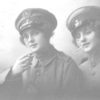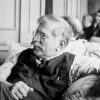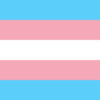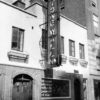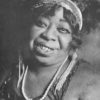The Invisibility of LGBT People in History

This lesson explores the ways in which LGBT people, events and issues have been made invisible in mainstream accounts of history. In the first half of the lesson, students reflect on excerpts from Ralph Ellison’s Invisible Man to explore the impact of invisibility on people and as a jumping off point for researching how different groups have been historically marginalized in society. In the second part of the lesson, students participate in a history matching game and listen to LGBT oral histories that increase their awareness of significant LGBT people and events, and the ways in which these topics have been erased from the historical record.


